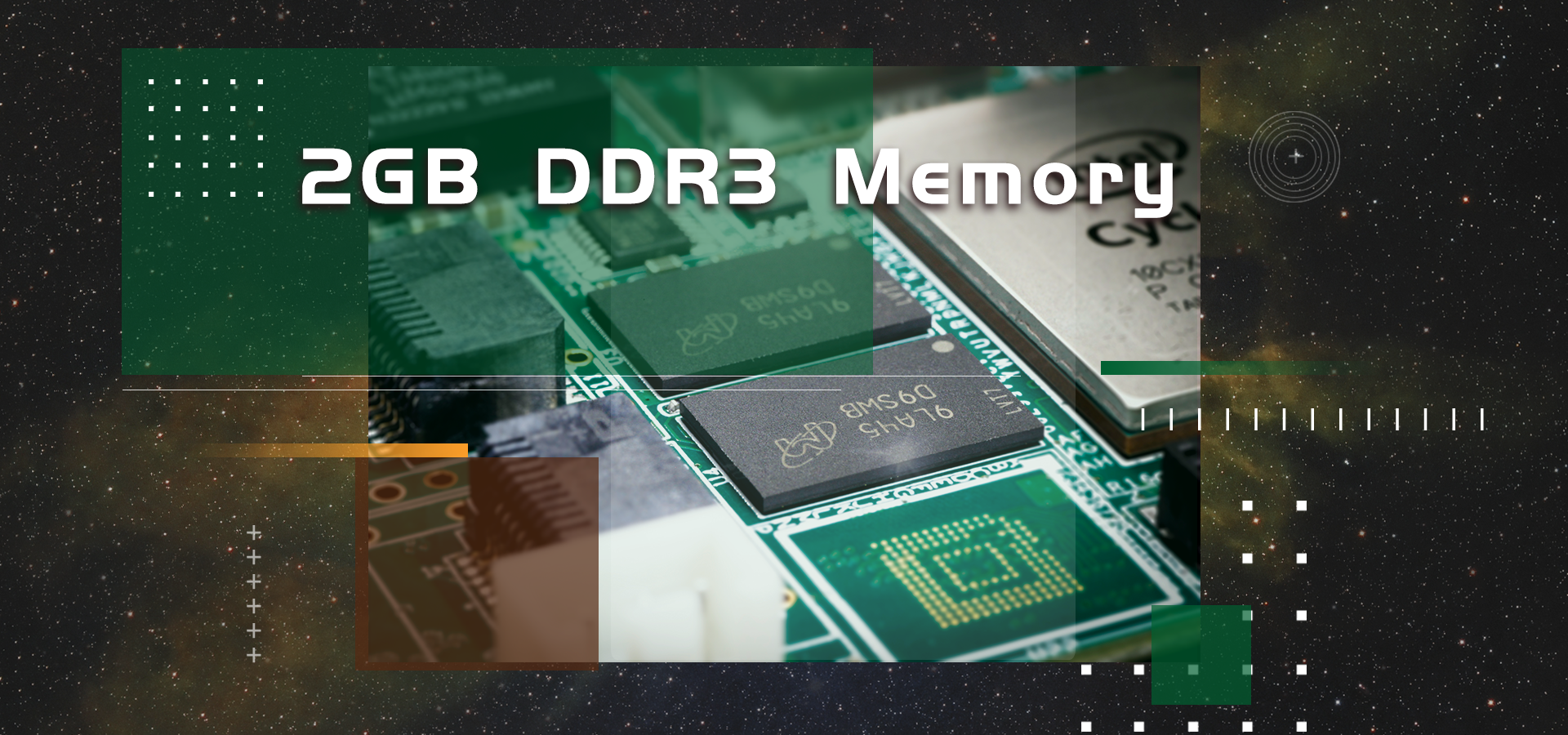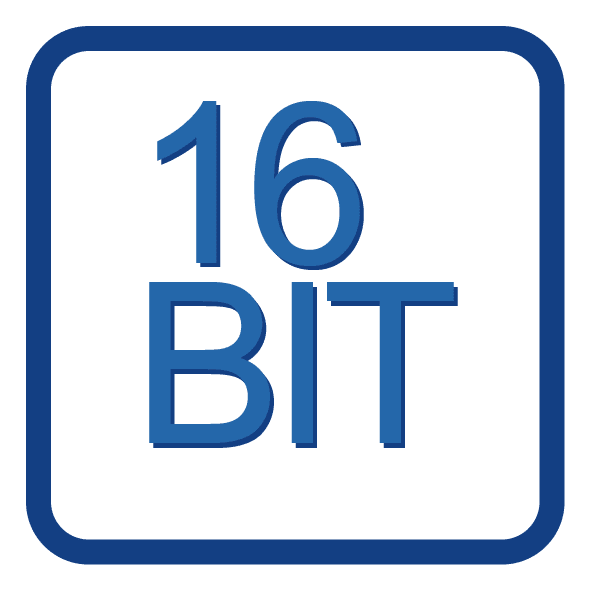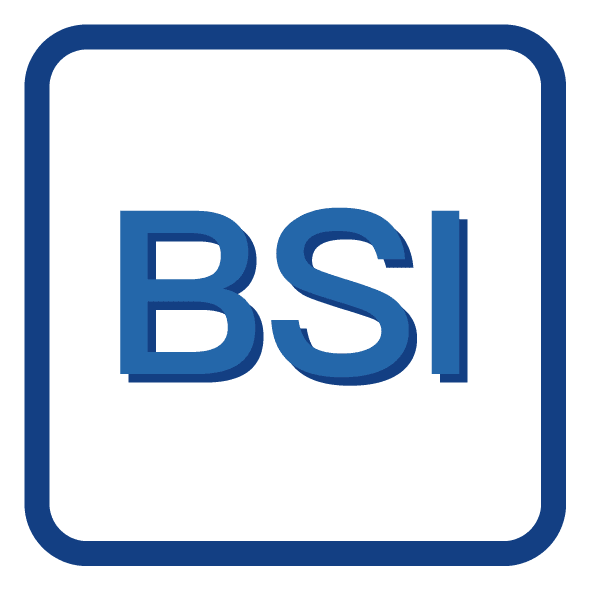Stock photos provided by the manufacturers may not represent the actual item. Please verify this picture accurately reflects the product described by the title and description before you place your order.
QHY600M-PH CMOS IMAGER w/ CFW3L (Color Filter Wheel) and LRGB
- Manufacturer: QHY
- MPN: 600M-PH+CFW3L+LRG
- SKU: QHY600M-PH+CFW3L+LRG
- Last price was: $5,169.00
-
Availability: Backorder
Click here if you want to be notified as soon as we get this product in stock again.
With the advantage of low readout noise and high-speed readout, CMOS technology has revolutionized astronomical imaging. A monochrome, back-illuminated, high-sensitivity, astronomical imaging camera is the ideal choice for astro-imagers.
The QHY600 uses the latest SONY back-illuminated sensor, the IMX455, a full frame (35mm format) sensor with 3.76um pixels and native 16-bit A/D. This sensor isQHY600M-Lg available in both monochrome and color versions. The QHY600 ends the days of non-16bit CMOS cameras and it ends the days non-full frame (and larger) monochrome CMOS cameras.
Equipped with a Sony IMX455, the QHY600 is a back-illuminated Scientific CMOS Camera with extremely low dark current (0.002e/p/s@-20C) using SONY’s Exmor BSI CMOS technology. QHY600 is also a zero amplifer glow camera.
The QHY600 has only one electron of read noise at high gain and full resolution and 4FPS readout speed. One electron of read noise means the camera can achieve a SNR>3 at only 4 to 6 photons. This is perfect performance when conditions are photon limited, i.e., short exposures, narrow band imaging, etc., making this large area sensor ideal for sky surveys, time domain astronomy, fluorescence imaging, DNA sequencing and microscopy.
In order to provide smooth uninterrupted data transfer of the entire 60MP sensor at high speed, the QHY600 has 2GB DDR3 image buffer. The pixel count of the latest generation of CMOS sensors is very high resulting in greater memory requirements for temporary and permanent storage. For example, the QHY600 sensor produces about 120MB of data per frame. The data band-width is also increased from the original 16-bits to the current 32-bits. Transferring such a large file sizes necessarily requires the camera to have sufficient memory. The QHY600 has adopted a large-capacity memory of up to 2GB. Data throughput is doubled. This large image buffer meets the needs of high-speed image acquisition and transmission of the new generation of CMOS, making shooting of multiple frames smoother and less stuttered, further reducing the pressure on the computer CPU.
Another advantage is that when using some computers that do not have fast processors or have poor support for USB 3.0, the computer can’t transfer high-speed data well, and the data is often lost. The DDR can buffer a lot of image data and send it to the computer. Even if the USB 3.0 transmission frequently gets suspended, it will ensure that data is not lost. There are options in SharpCap to turn DDR buffering on or off. The current version of the ASCOM driver works in DDR mode.
Extended Full Well Capacity and Multiple Read Modes
With a pixel size of 3.76um, these sensors already have an impressive full well capacity of 51ke. Nevertheless, QHYCCD has implemented a unique approach to achieve a full well capacity higher than 51ke- through innovative user controllable read mode settings. In extended full well readout mode, the QHY600 can achieve an extremely large full-well charge value of nearly 80ke- and the QHY268C can achieve nearly 75ke-. Greater full-well capacity provides greater dynamic range and large variations in magnitude of brightness are less likely to saturate. The QHY600 / 268C have three readout modes with different characteristics.

The new Sony sensor has native 16-bit A/D on-chip. The output is real 16-bits with 65536 levels. Compared to 12-bit and 14-bit A/D, a 16-bit A/D yields higher sample resolution and the system gain will be less than 1e-/ADU with no sample error noise and very low read noise.
One benefit of the back-illuminated CMOS structure is improved full well capacity. This is particularly helpful for sensors with small pixels.In a typical front-illuminated sensor, photons from the target entering the photosensitive layer of the sensor must first pass through the metal wiring that is embedded just above the photosensitive layer. The wiring structure reflects some of the photons and reduces the efficiency of the sensor.
In the back- illuminated sensor the light is allowed to enter the photosensitive surface from the reverse side. In this case the sensor’s embedded wiring structure is below the photosensitive layer. As a result, more incoming photons strike the photosensitive layer and more electrons are generated and captured in the pixel well. This ratio of photon to electron production is called quantum efficiency. The higher the quantum efficiency the more efficient the sensor is at converting photons to electrons and hence the more sensitive the sensor is to capturing an image of something dim.
This is also a zero amplifer glow camera.
In the DSLR implementation there is a RAW image output, but typically it is not completely RAW. Some evidence of noise reduction and hot pixel removal is still visible on close inspection. This can have a negative effect on the image for astronomy such as the “star eater” effect. However, QHY Cameras offer TRUE RAW IMAGE OUTPUT and produces an image comprised of the original signal only, thereby maintaining the maximum flexibility for post-acquisition astronomical image processing programs and other scientific imaging applications.
Based on almost 20-year cooled camera design experience, The QHY cooled camera has implemented the fully dew control solutions. The optic window has built-in dew heater and the chamber is protected from internal humidity condensation. An electric heating board for the chamber window can prevent the formation of dew and the sensor itself is kept dry with our silicon gel tube socket design for control of humidity within the sensor chamber.
 Cooling
Cooling
In addition to dual stage TE cooling, QHYCCD implements proprietary technology in hardware to control the dark current noise.
| Model | QHY600PH (Photographic Version) QHY600L (Lite Version) |
| COMS Sensor | SONY IMX455 |
| Mono/Color | PH version:Both Available
L version: Mono Only |
| FSI/BSI | BSI |
| Pixel Size | 3.76um x 3.76um |
| Effective Pixel Area | 9576*6388
(9600*6422 with overscan and optically black area) |
| Effective Pixels | 61.17 Megapixels (effective area. |
| Sensor Size | Full Frame 36mm x 24mm |
| A/D Sample Depth
|
16-bit (0-65535 levels) at 1X1 binning
18-bit at 2X2, 19-bit at 3X3, 20-bit at 4X4 software binning *QHY600 uses the software digital binning for 2*2binning. With digital sum, 2*2binning will be four 16-bit summed then it is 18-bit. |
| Full Well Capacity (1×1, 2×2, 3×3) | Standard Mode >51ke- / >204ke- / >408ke- Super Full Well Mode >80ke- / >320ke- / >720ke- |
| Full Frame Rate | USB3.0 Port Image Transfer Speed
Full Frame Size: 4.0FPS (8-bit output) Full Frame Size: 2.5FPS (16-bit output) 7.2FPS at 9600×3194, 22.5FPS at 9600×1080, 28FPS at 9600×768, 47FPS at 9600×480, 160FPS at 9600×100, Fiber Port Image Transfer Speed (QHY600Pro only) Full Frame Size: 4.0FPS (16-bit output) |
| Readout Noise | 1.0e- to 3.7e- (Standard Mode) |
| Dark Current | 0.0022e-/p/s @ -20C 0.0046e-/p/s @ -10C |
| Exposure Time Range | 40us – 3600sec |
| Unity Gain* | 25 (Extended Full Well Mode) *
*With the improvement of the CMOS technology, the 16bit CMOS camera has been released, like QHY600/268/411/461. For these cameras, even in lowest gain it has beyond the requirement of unit gain (less than 1e/ADU due to sufficient samples) So you can directly set gain0 as start. Please note QHY600/268C/411/461 has extend full well mode. In this mode you still need to find out the unit gain position. |
| Amp Control | Zero Amplifer Glow |
| Firmware/FPGA remote Upgrade | Supported. Via Camera USB Port |
| Shutter Type | Electric Rolling Shutter |
| Computer Interface | USB3.0 |
| Built-in Image Buffer | DDR3 memory
PH&Pro Ver: 2GBytes(16Gbit) |
| Hardware Frame Sequence Number | Supported |
| Cooling System | Dual Stage TEC cooler: – Long exposures (> 1 second) typically -35C below ambient – Short exposure (< 1second) high FPS, typically -30C below ambient |
| Optic Window Type | AR+AR High Quality Multi-Layer Anti-Reflection Coating |
| Anti-Dew Heater | Yes |
| Telescope Interface | M54/0.75 |
| Back Focal Length | 17.5mm (±0.2) |
| Weigth | PH Version: 850g* Lite Version: 790g** M54/0.75mm center/tilt adjust adapter not included) |
| Power | 40W/100% 20W/50% 13.8W/0% |











